A Pilgrim’s Road Trip Along the Camino de Santiago
By Max Milano (Travel Writer & Photographer)
The Med in August is hot like fish soup. The air hangs heavy. The palms don’t move and the heat rides up from the Sahara with the sirocco. Yellow dust settles at dusk, and it’s 9:30 p.m. before the sun drops, because Spain still runs on Berlin time, a gift from Franco to Hitler that no one’s bothered to undo.
We’re heading north to the Camino de Santiago. Straight north until we hit the cooling waters of the Bay of Biscay. We long for the cold and salty air of the north Atlantic. Wild waves and rocky shores and green hills that climb up to rocky peaks. They call it the Camino de Santiago, but it’s more than pilgrims. It’s a wild coast of fishing villages, surf towns, and cliffs that start Basque in France and end Celtic in Galicia on the Portuguese border.
But first, we climb out of Valencia onto the high plains of Castilla-La Mancha. A flat mesa at 3,000 feet, dotted with pockets of pine that feel like northern Arizona. We turn off the Madrid highway for Cuenca. A medieval city perched on a gorge.
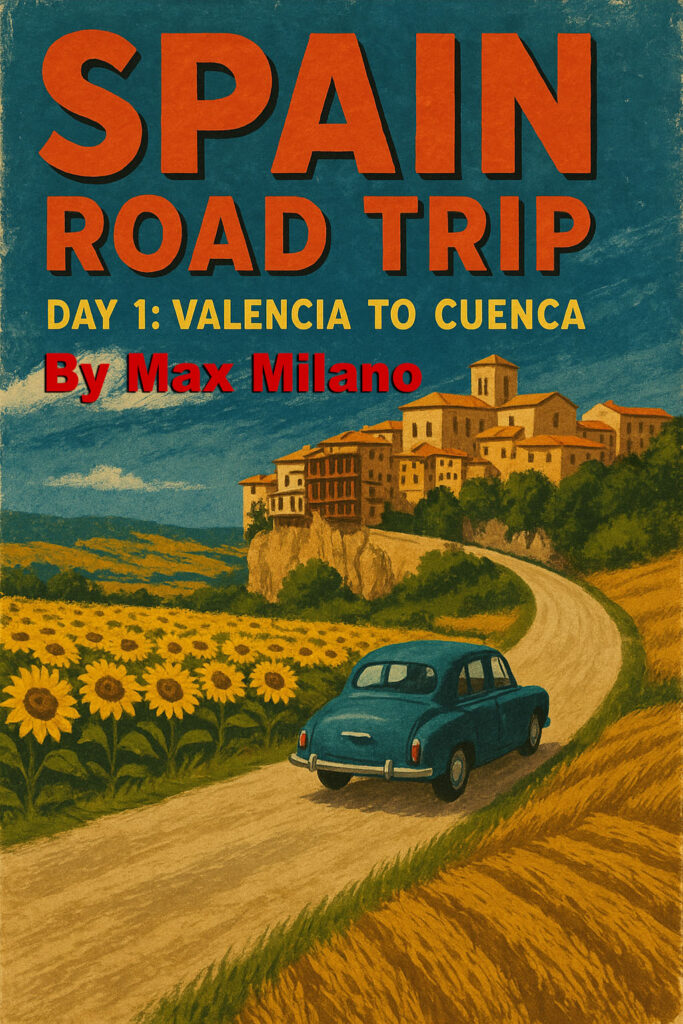
The road winds past fields of sunflowers, yellow heads bobbing like an alien army. Fresh-cut wheatfields buzz like a land-wide haircut. Fifteen minutes out, you’re still deep in farm country. No sprawl here. One minute: open fields. The next: Cuenca, rising out of nowhere.
We’ve got a wild plan for this road trip north. No reservations. We feel that booking ahead takes the joy out of going from place to place, no time to smell the roses. Also, booking early in August means you pay top dollar. Booking pins you down, forces you to rush. Spontaneity saves money.
It’s Thursday. Siesta time. The Cuenca streets are empty. Restaurants shuttered. Only mad dogs and Englishmen walk in Cuenca’s sun. It’s hard to get fed in Spain during the heat of siesta. Siesta is sacred. Even the Chinese restaurants are closed until 8 p.m. Stroll time. Because the relentless August sun won’t go down until 9:30 p.m. And then there’s dusk. Pink and cool and warm but 10 degrees cooler. The old fogies come out and the children too. Gelatos at 11 p.m. after dinner.
We park underground and brave the 4 pm heat. The altitude helps. By evening, cool air will come down from from the pines and slide down the hills into town. We duck into a 1950s café. An old waiter in a bow tie and white shirt glides between empty tables. The cashier reads a book behind a glass counter. Time stopped here. We order Spanish tortilla and pan con tomate (crushed tomato on toast with olive oil).
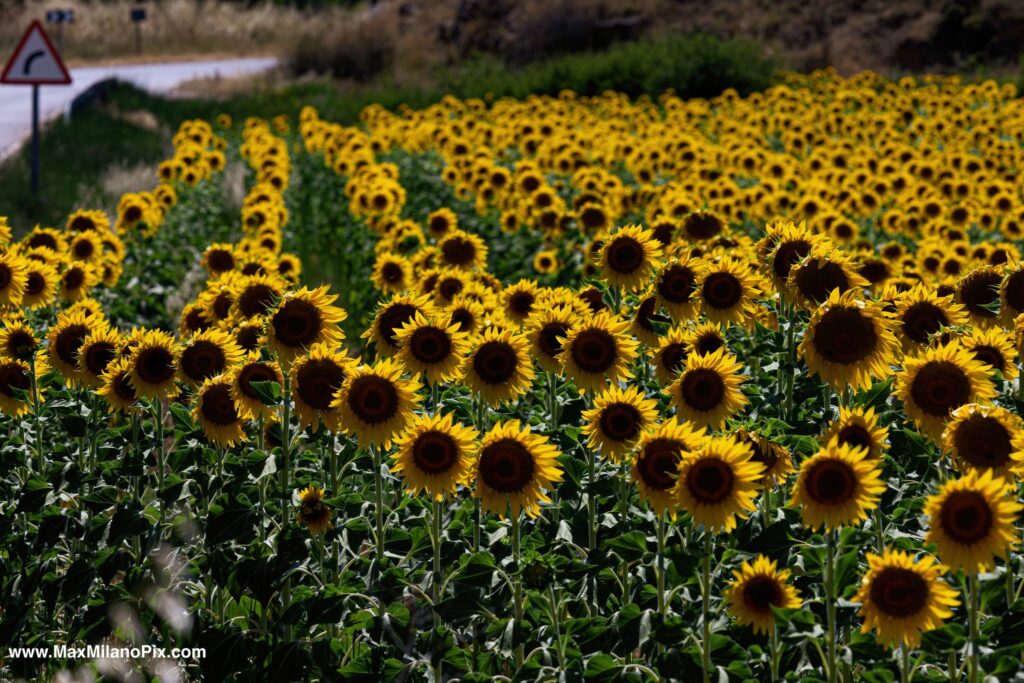
Outside, the sky is high-desert blue. A lone statue of Jesus watches from the hills. The trail up looks dusty and sad in the heat. I check my phone for hotels. The fancy spot that was €150 last week is now €65. A century-old hotel nearby lists €55. I call. They say come.
Inside: Victorian wood, a winding staircase, big tiled baths, balconies draped in ironwork. Belle Époque gone shabby but cooled by humming air conditioning.
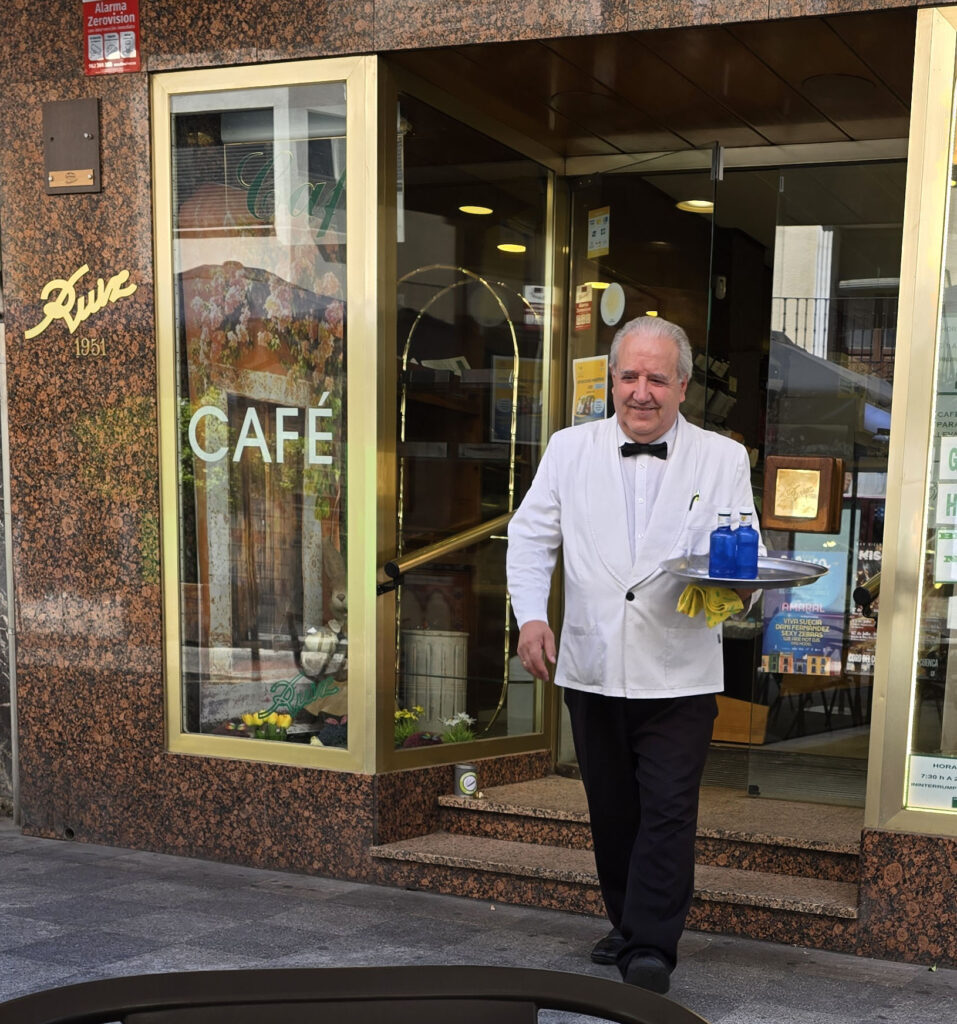
Cuenca has a strange claim to fame: it’s Spain’s driving-test capital. Students come from across the country. Even TV stars. A 98% pass rate, highest in Spain. Two weeks sequestered: one for six-hour theory marathons, one for driving. Twenty lessons minimum. Forty if you’re green. Six hours a day around medieval cobbles. It’s expensive. It’s insane. But it works.
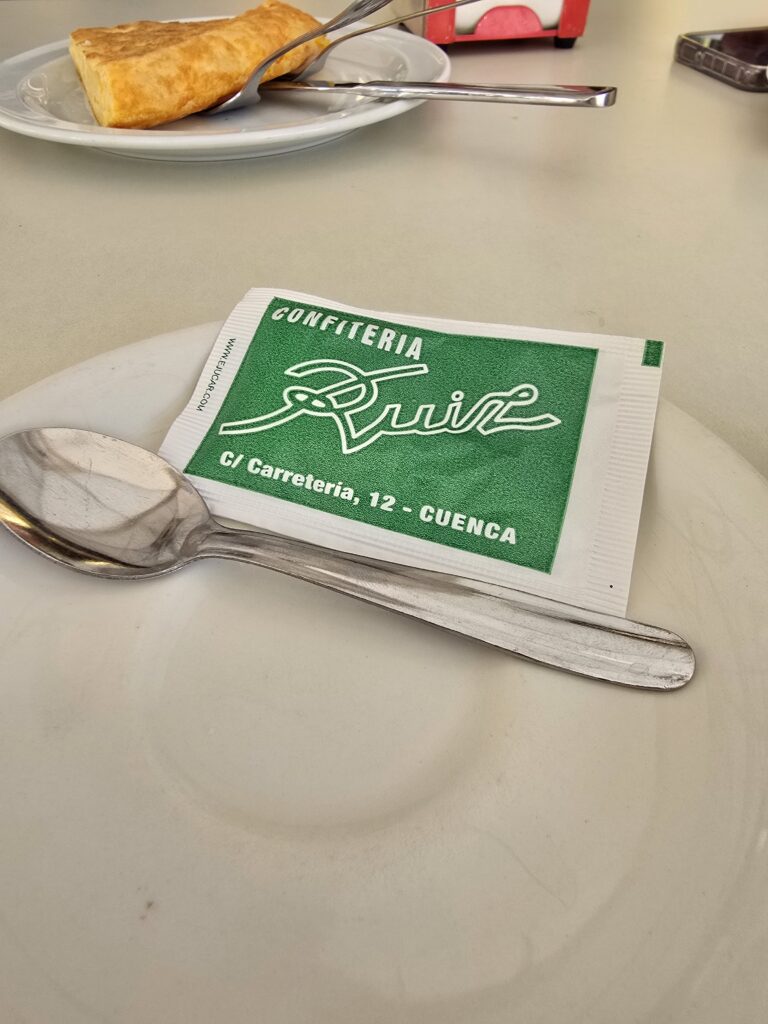
Tomorrow we’ll drive outside of town to see the Roman ruins. Maybe visit the birthplace of a conquistador. That’s La Mancha for you, Romans, conquistadors, and Don Quijote, with olive groves and vines between.
Tonight, we sleep in Cuenca.
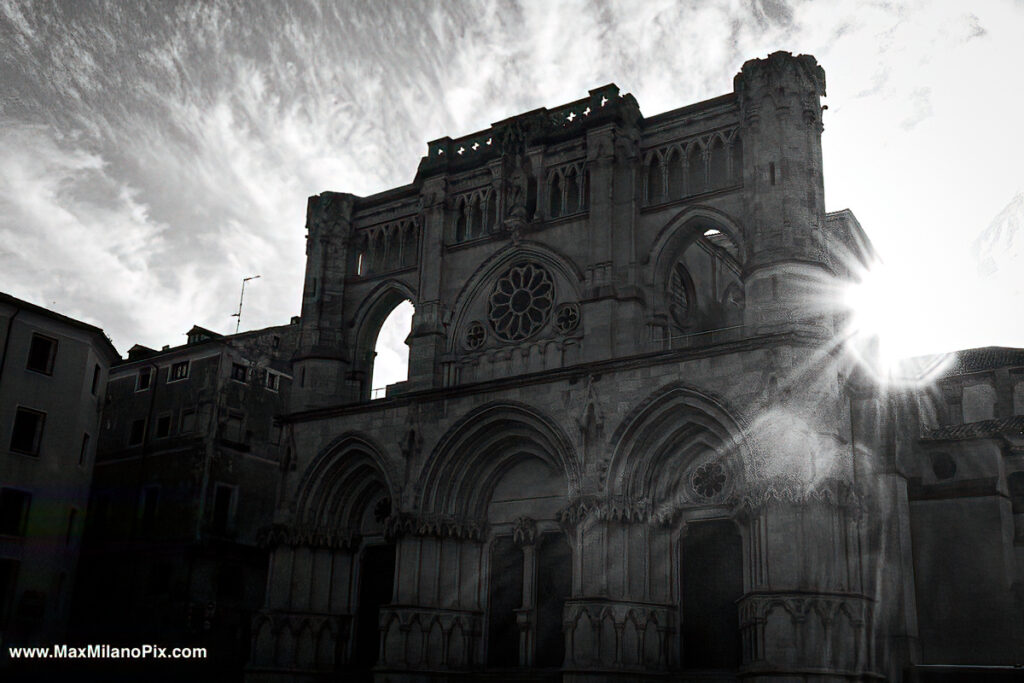
Tomorrow, the road north continues.
Read The Full Camino de Santiago Roadtrip Series:
El Camino de Santiago Prologue: Valencia to Cuenca
El Camino de Santiago Part 1: Cuenca to Bilbao
The Road to Santiago Part 2: La Rioja to Bayonne
The Road to Santiago Part 3: Cantabria to Galicia
The Road to Santiago Part 4: Galicia & The End of El Camino
Looking for tips on driving, food, and where to stay? Check out the Practical Information section in Part 4 of this series.
Max Milano is a travel writer and photographer based in Los Angeles, California, and Valencia, Spain. His latest photography book, Mexico City Noir, Life Under The Volcanoes, is Available on Amazon. His photographs are available at MaxMilanoPix.